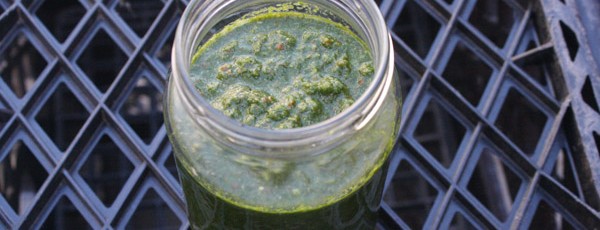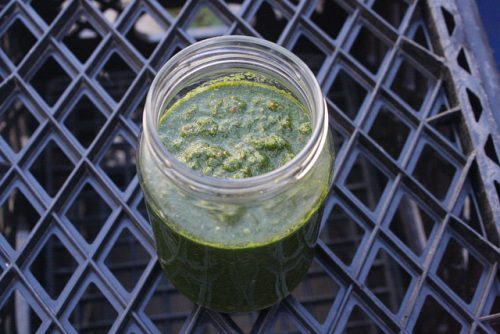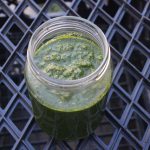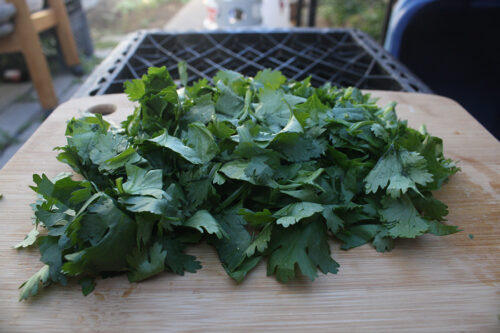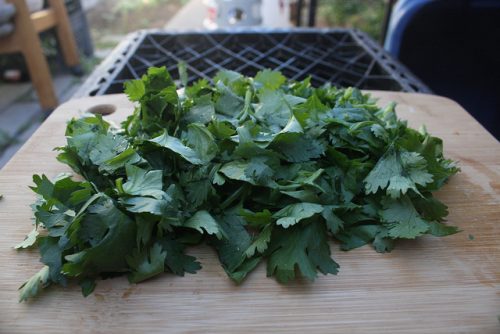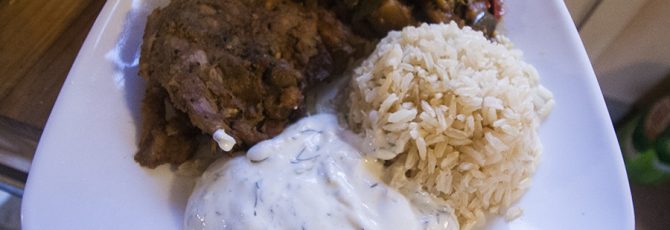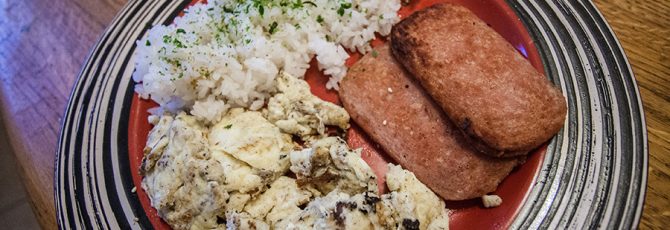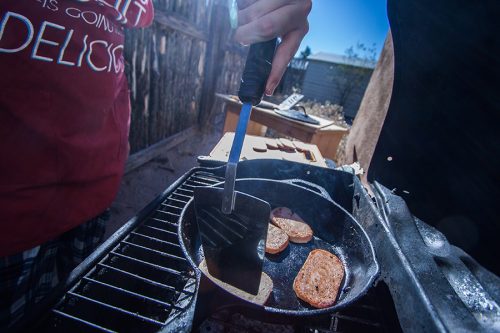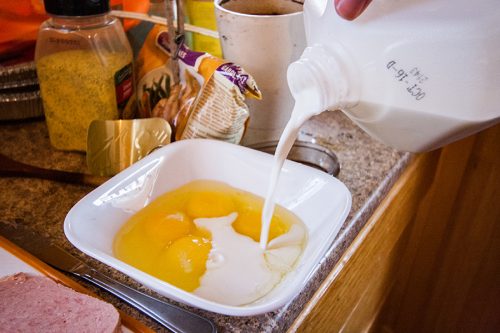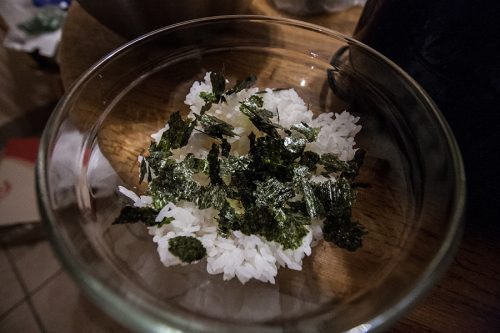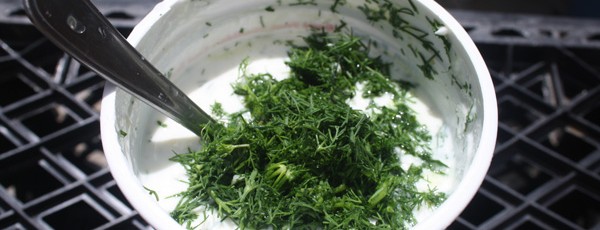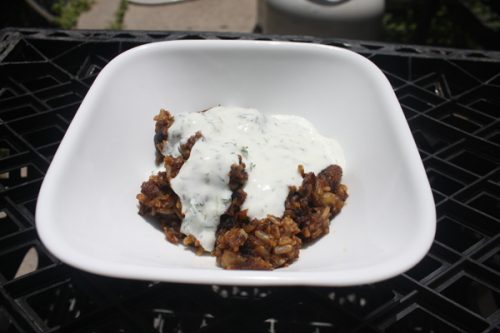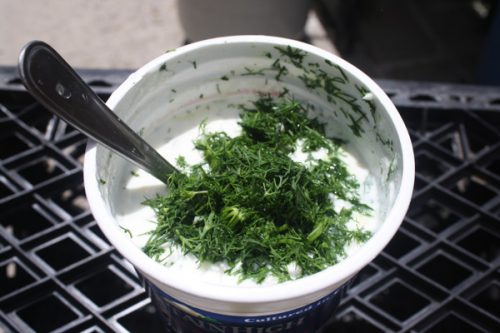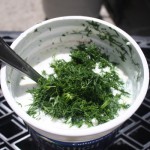In honor of St. Patrick’s Day, quickly coming up, I’m reposting an Irish soda bread blog post, and recipe, from Sept. 1, 2009 when I was living in Germany as an au pair. Here’s the original.
I realize that it’s a little bit disjointed at the end. So it goes.
You should be pairing that soda bread with some slow cooker corned beef, potatoes and cabbage made with beer, cider and mustard. Trust me. It’s really good.
Recipe: Irish Soda Bread
I could make excuses or give reasons for not having written about vacation yet, but I won’t. Instead, I’m going to share a recipe for Irish Soda Bread that I made last week. Before I give the recipe or subsequent notes on it, I’ll rap about it because I personally love recipes with a story behind them — a recipe with no notes, no story, no nothin’ is not only less appealing to me but also dry. I should say, the whole reason I made the soda bread was a beef stew which I’ll hopefully make soon again, takes pictures of and write up. A glut from two grills the last two nights engendered the beef stew, which spawned the soda bread.
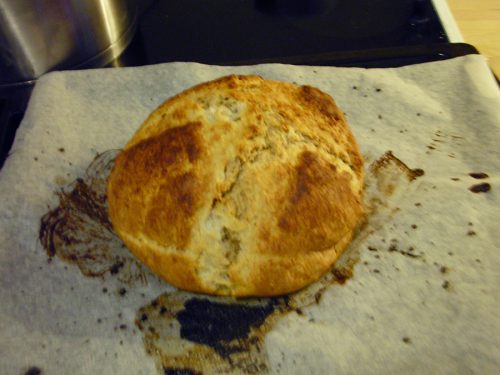
Out of the oven, on a baking sheet.
I think sourdough bread goes better with beef stew, or lamb stew, or pork stew rather than soda bread, but this may just be nostalgia speaking. The soda bread goes well with the beef stew, is semi-authentic and as a plus the bread is great – it merits repeating – with a little butter and good honey.
I picked up the recipe from allrecipes.com (credit to “MP Welty”) and changed it for my tastes. My tastes at the moment are for whole wheat goodness wherever and whenever possible. So far this has been an apple crisp, the soda bread and pancakes.
Below the recipe will be given in both metric and imperial, but small measurements will be given exclusively in imperial. I personally use metric because I’m in Germany and actually I found measuring by grams to be a bit easier than the normal packing and sifting ways. However, I’ve found with American recipes, this difference can be a bit of a problem.






